AWS offers multiple generations and processor options of the Amazon EC2 instance types to fulfill your application’s CPU, Memory, and IO requirements with varying costs.
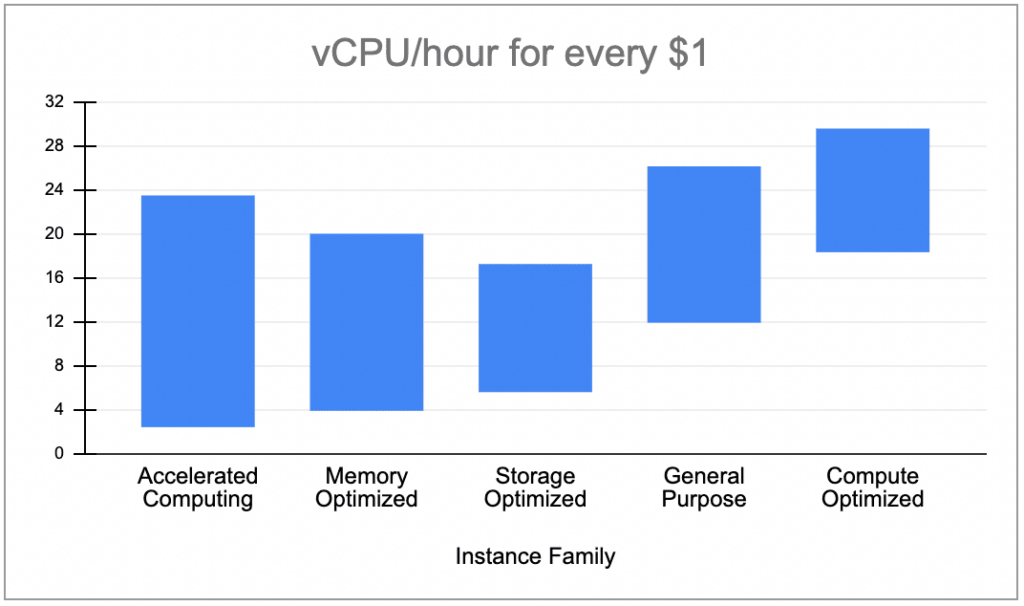

The EC2 instances are classified into instance families to help you pick the right instance type based on your application’s requirements:
- General Purpose (m) – provides balance between compute and memory configurations. It also provides Burstable Performance (t) instances with the ability to burst above the baseline vCPU for a limited time and Apple Macintosh (mac) instances.
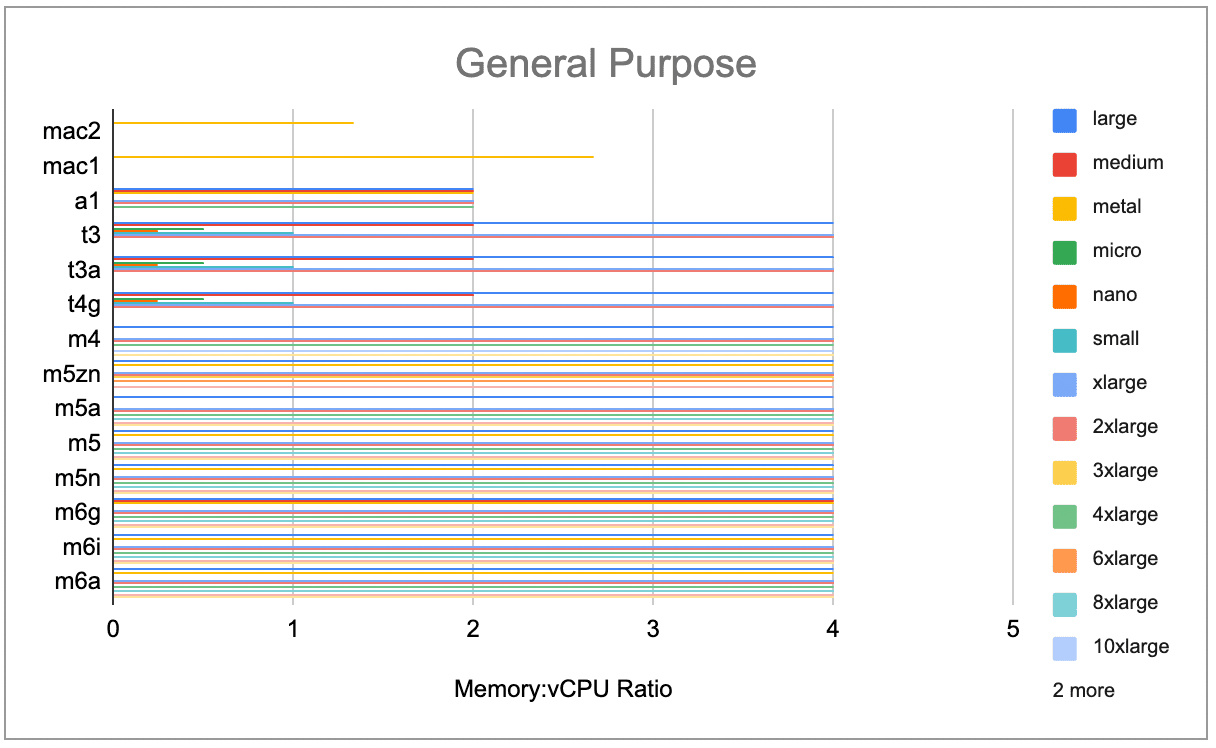
- Compute Optimized (c) – provides high performance processors to fulfill heavy computing needs of your applications.
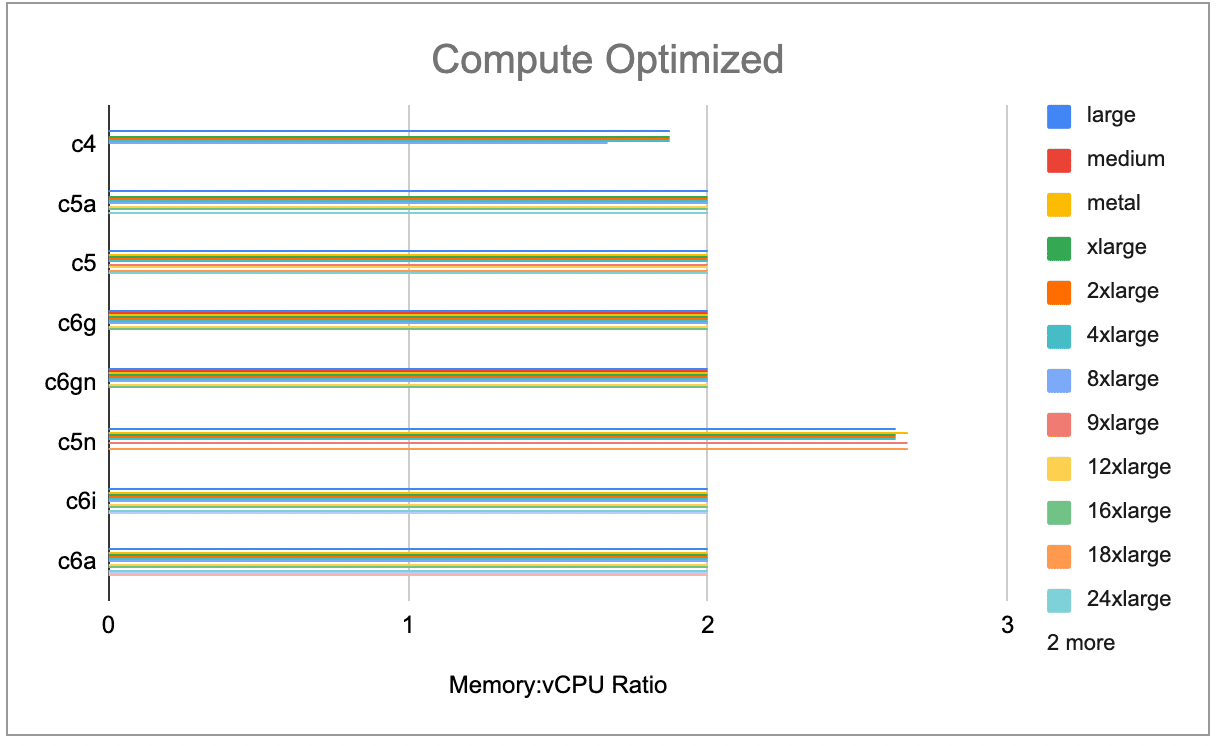
- Accelerated Computing (g,p,f) – provides co-processors to help your application perform floating point number calculations, graphics processing, or data pattern matching.
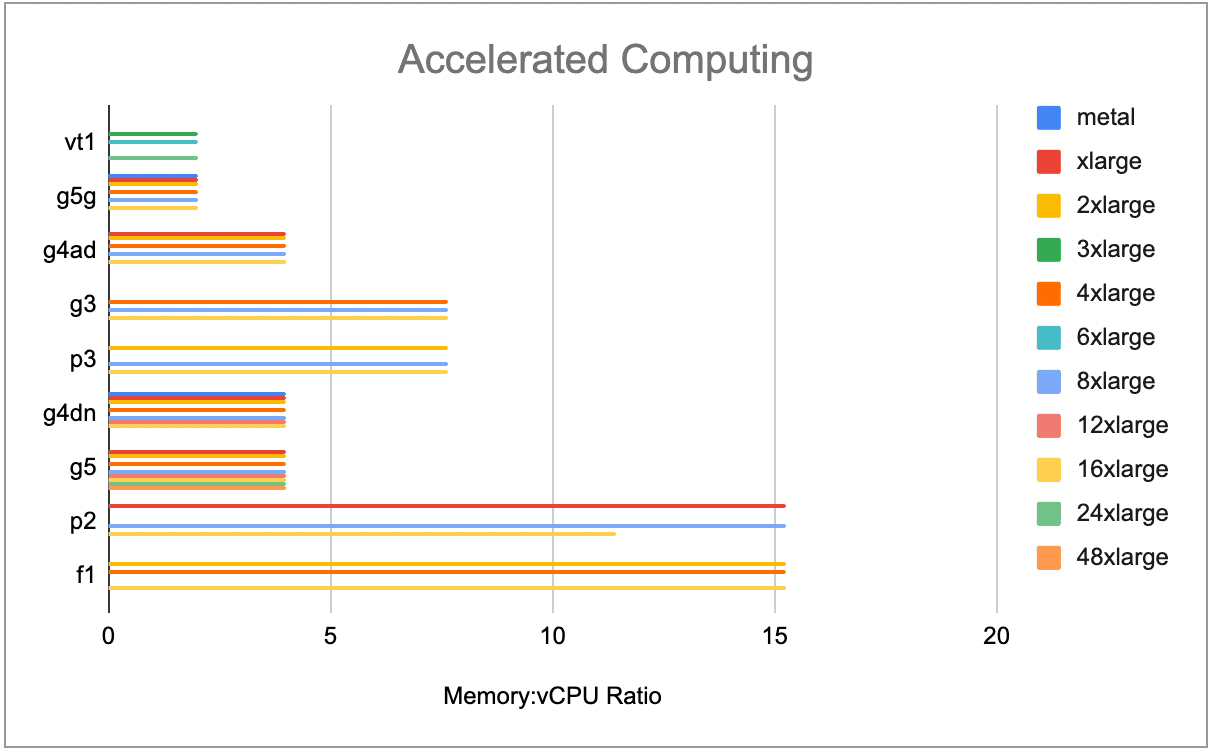
- Storage Optimized (d,h,i) – provides local storage with high IOPS for applications that process large data sets on local storage.
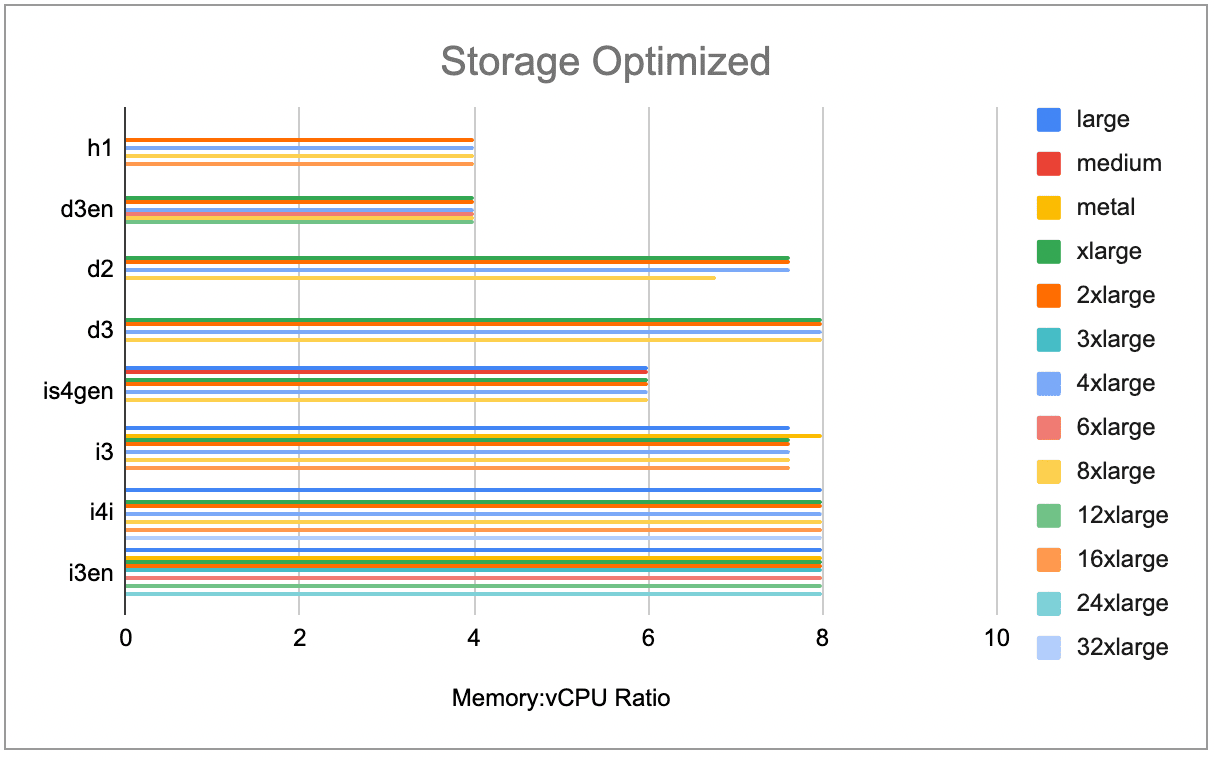
- Memory Optimized (r,u,x,z) – provides high memory configuration for workloads that process large data sets in memory.
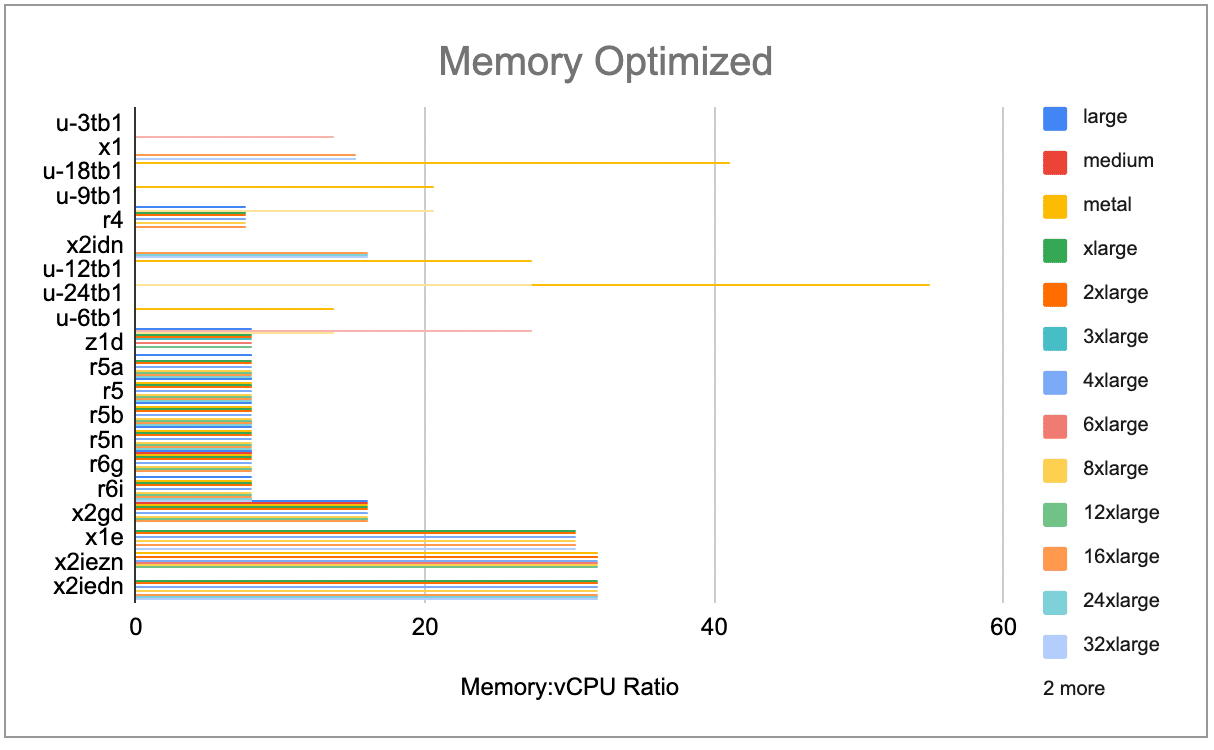
A few of the EC2 instance types also come with an option to choose the processor from different vendors, like Amazon Graviton, AMD, Intel.
References
- Amazon EC2 Instance Types – Amazon Web Services. (n.d.). Amazon Web Services, Inc. https://aws.amazon.com/ec2/instance-types/